Electrical upgrades: Setting expectations
Understanding how to connect to your existing electrical infrastructure will help you set your expectations on how your home will integrate with renewable energy technologies such as solar and battery storage. Each house is different electrically and physically, so each system is unique to the home.
That’s why we created an interactive home feature for you to see how each of the renewable energy technologies fit into your home. Toggle between a solar only or solar plus battery system and see what changes in the equipment! Check it out on our home page or FAQ page.
Electrical key terms
These key terms will help you understand the key pieces for how solar and battery equipment connect to a home’s electrical infrastructure.
Point of interconnection (POI)
It is the location in which the solar or battery storage system electrically connects to the existing electrical infrastructure. Requirements from the National Electrical Code and Authority Having jurisdictions or AHJs can mandate installation protocols for renewable energy home upgrades.
Electrical panel
It is the metal box that holds a building’s electrical circuits. They come in different sizes and ratings that determine the busbar capacity and how many breakers can fit. Typical homes in North America will have 200A or 225A-rated busbars with 200A main breakers and 20 to 40 circuit breaker slots.
Meter
The meter determines how much energy you draw from the utility and, ultimately, what determines your bill. A bi-directional meter replaces your existing meter that measures the electricity to and from the utility. A bidirectional net meter is a requirement for Net Metering incentive programs, saving you money from generating solar energy.
Service amperage
Most homes have an electrical service of at least 100 amps, and newly constructed homes are 200 amps. One hundred amps is also the minimum panel amperage required by the National Electrical Code (NEC). A 100-amp service panel typically provides enough power for a medium-sized home, including several 240-volt appliances and central air-conditioning. Although, with 200 amp service, you can install a larger solar PV system.
Rapid Shutdown (RSD)
Every solar and battery system has a clearly labeled external on/off switch for safety purposes. Depending on the AHJ, the codes required for installing solar vary from state to state, city to city, and county to count. An emergency disconnect or rapid shutdown device is installed on all solar PV systems to allow emergency responders and utility workers to quickly and safely shut down the energy-generating systems at your home or business.
System Controller
The Enphase IQ System Controller 2 connects the home to grid power, the IQ Battery system, and solar PV. It provides microgrid interconnection device (MID) functionality by automatically detecting and seamlessly transitioning the home energy system from grid power to backup power in the event of a grid failure.
Backup Gateway
The Backup Gateway controls the connection to the grid, automatically detecting outages and providing a seamless transition to backup power. The Backup Gateway can be installed at the service entrance with a circuit breaker and act as the rapid shutdown device.
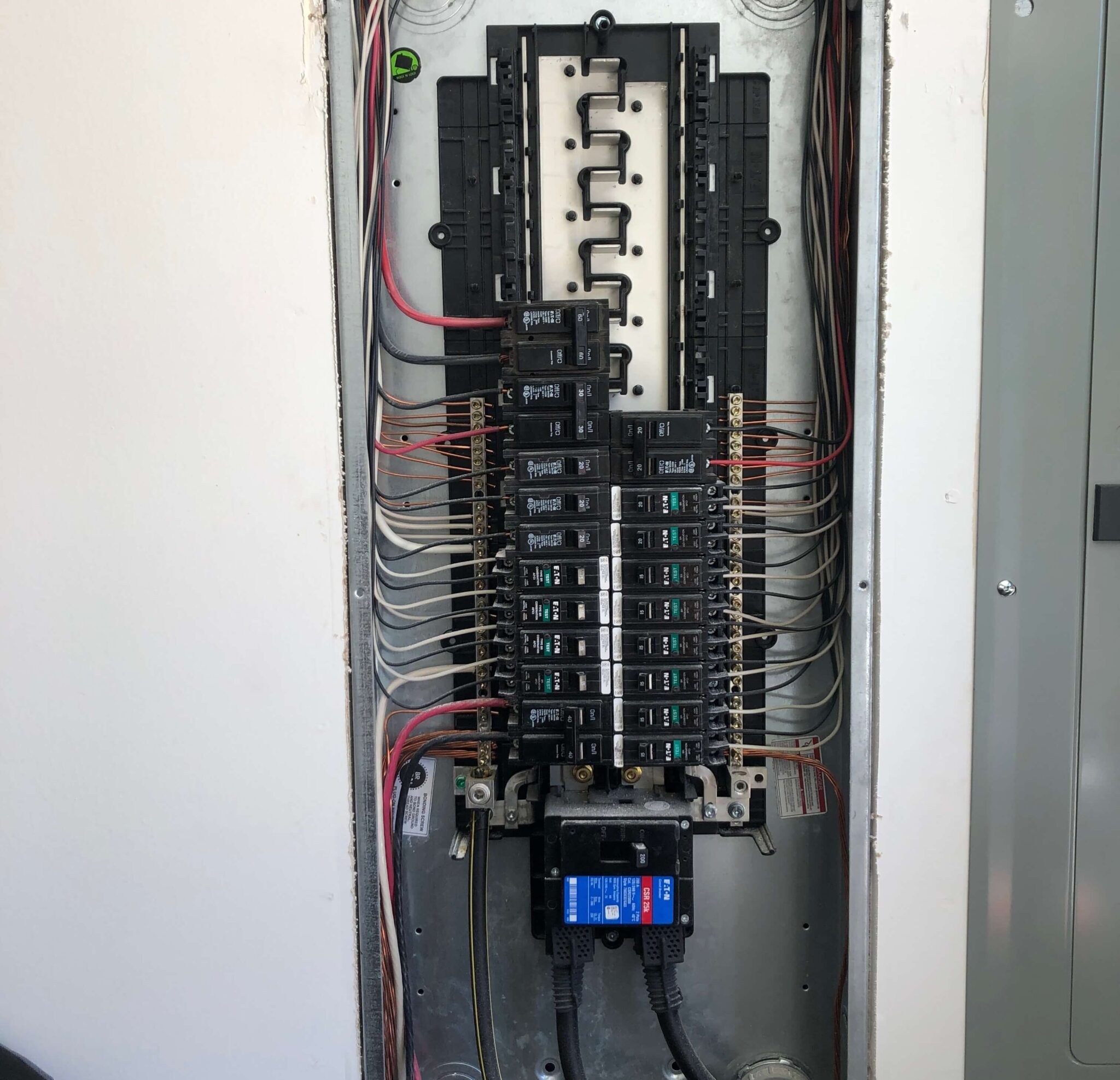
Assessing your electrical infrastructure
Most residential homes will have a 200A service that feeds an electrical panel inside the house, typically the garage. The electrical panel will likely be a 200 or 225A-rated panel with a 200A Main Breaker.
Choosing the equipment
Depending on what systems you are installing, whether it be standalone solar, battery, or paired together! There will be different components to consider, broken down by the manufacturer of the battery system or the type of solar PV system installation, whether that’s Tesla or Enphase batteries or an Inverter/optimizer combo or microinverters for solar.
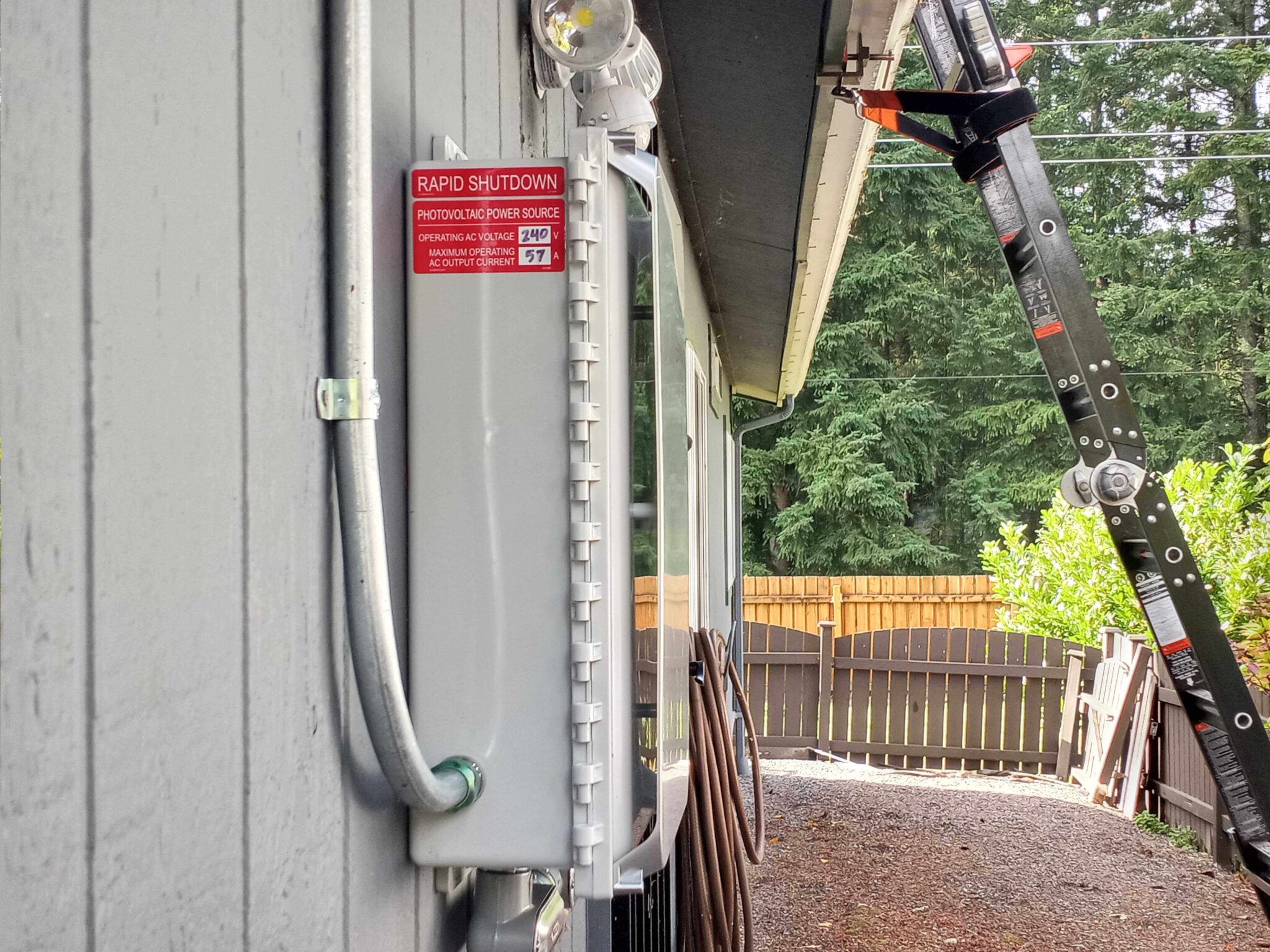
Types of interconnection
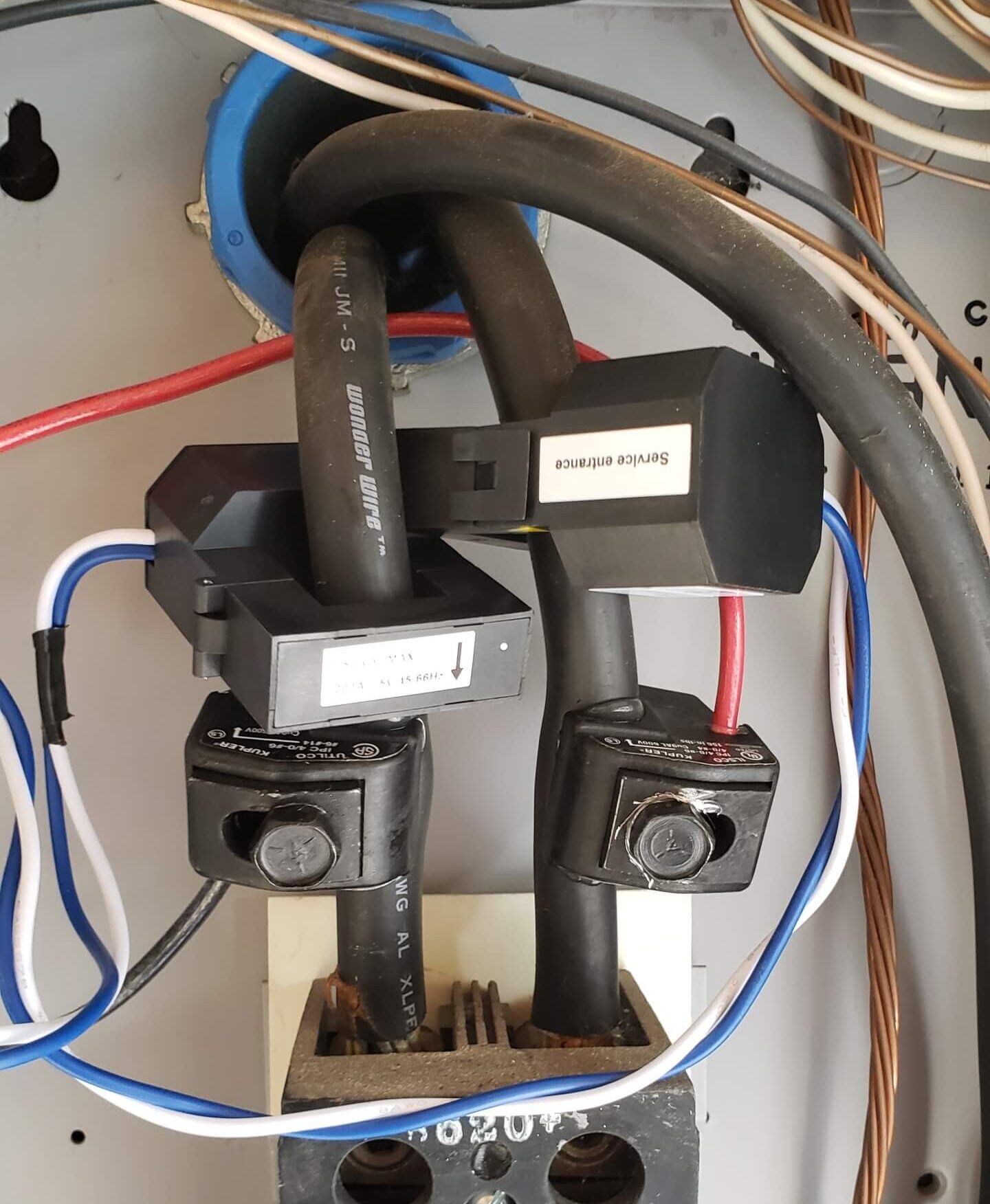
Supply side connection
It is when we connect the solar inverter between the main service disconnect (usually the home electrical panel) and the meter. Typically, with supply-side connections, it is safe to add as much solar needed in net-metering situations. We are safe to add as much solar because we are on the side with the utility, and the main breaker in the panel will protect the home’s circuits from any extra current from solar and the utility.
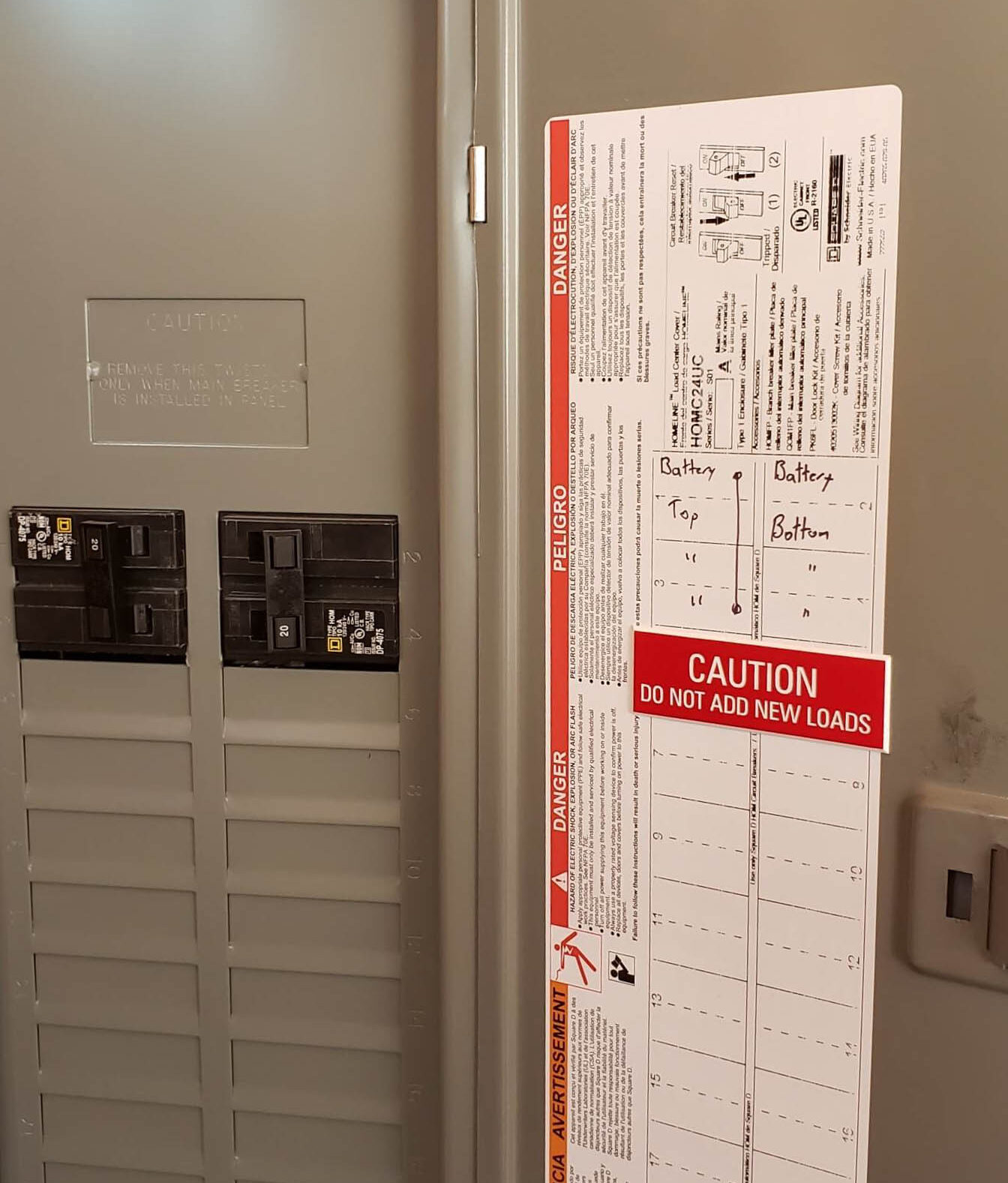
Load side connection
When the solar PV or battery connects on the side, it draws energy from the utility and shares protection from the main breaker, which makes it a load-side connection. Load side connections are subject to the 120% rule so that the total ampacity of the panel is not exceeded as the solar PV system feeds electricity at the same time the utility does. Other load-side connections include feeder connections, feeder taps, and subpanel connections.
Determining the POI
So, what type of connection do you make with your solar and battery systems? The answer is it depends! Each design is custom-made to fit the existing electrical infrastructure of the building. We consider the size of the solar or battery system, the available space, and codes set by the AHJ.
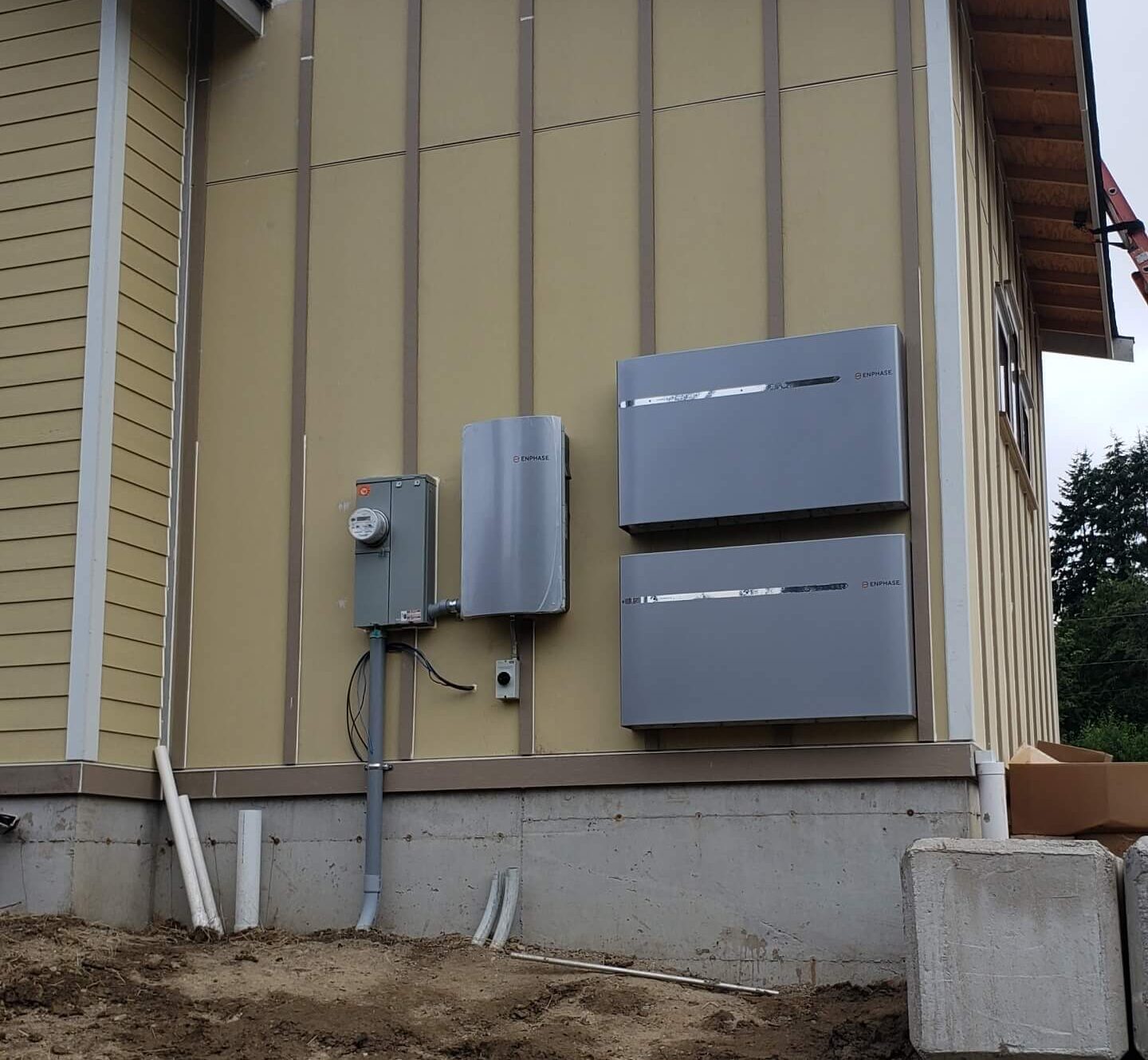

Designing for expansion
Several different pieces of equipment go into making a home energy management system. Plus, with the push for the electrification of home appliances and vehicles, there will be a greater electricity demand from households and businesses. That’s why it is essential to acknowledge and communicate any potential upgrades to your solar or battery system that may want to occur down the line.
At Northwest Electric and Solar, we understand that home energy consumption will change over time, so we ask our clients if there are any plans for the electrification of cars or appliances and even new family members, new and old!


